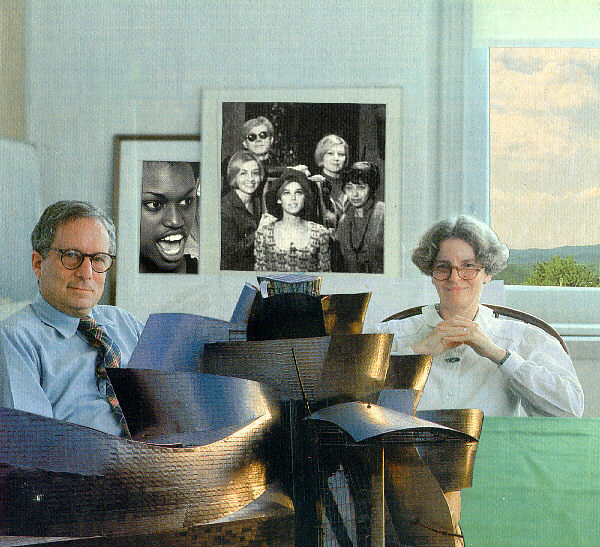2012.07.17 17:06
koolhaas' Junkspace
Again from Stern's "Notes on Post-Modernism"...
By post-modern, I believe Eisenman really meant anti-Modern Movement; moreover, I think he hoped it might also be against the Western humanist tradition. But as I hope to demonstrate, and as I see it, the term postmodern really describes a condition that comes after and is in reaction to the Modern Movement, and attempts to effect a synthesis between it and other strains of the Western humanist tradition.
If you look at the architecture that subsequently became the foundation of Post-Modern Architecture, you indeed do see a synthesis between the Modern Movement and other (older and/or concurrent) strains of the Western humanist tradition.
Conversely, Junkspace is not a synthesis, but rather a by-product, an undesigned residue paradoxically emanating from our ever-expanding (overly?) designed built environment. Junkspace is there although no one specifically designed it, yet it might not be there so much if designers weren't so intent on designing everything[?].
2012.07.17 14:20
koolhaas' Junkspace
...your answer is a masturbatory game itself, and has nothing to do with the foundations of Post-Modern Architecture.
Here's one better answer, from a lecture given by Robert Stern, February 18, 1975:
"...Diversity, heterogeneity, even eclecticism can now be spoken as the watchwords of post-modern architecture.
A confluence of events seems to mark this movement from the exclusionist neoclassicism of the late 1950s--still with us today in the work of such firms as Skidmore, Owings & Merrill--to the more inclusive, contextual, sometimes even ad-hoc work of the Venturis, Charles Moore, Aldo Giurgola, and their followers, among whom I number myself.
The so-called post-modern architecture of this group is now coming into its own style--or at least as an attitude, shedding its negative, anti-establishment tone and growing self-confident with its point of view. While not exactly a new establishment, it can be claimed to be, for the moment at least, a kind of institutionalized counterculture.
Before attempting to explain post-modern architecture I would like to make clear that the term post-modern is, in my mind at least, not a proper critical or art historical term at all but simply a convenient description for an attitude which I believe to be emerging and valid. This attitude can be described as cultural and historical inclusiveness; and as such it opens up for discussion the fundamental tenets of what for fifty years or more has been regarded as the Modern Movement in architecture."
Your answer is probably better aimed at what Peter Eisenman, in 1975, labeled as his position--"post-functionalism" See the opening of Stern's 1981 "Notes on Post-Modernism" for the full story.
| |
2012.07.17 12:38
Is there a good reason for using curves?

Le Corbusier, Electronic Calculation Center Olivetti (schematic plan, unexecuted, 1963-64).
| |
2012.07.17 12:21
koolhaas' Junkspace
gw, can you at least name the "principles from dead, discredited philosophies" that were adopted to build the "entire pseudo-intellectual edifice" of Post-Modern Architecture?
Regarding "Junkspace," I know of three published versions: the earliest (I believe) in OMA @ work.a+u, May 2000, which was somewhat considerably revised in The Harvard Design School Guide to Shopping (2001) and again in Content (2004). Are there any other published versions of "Junkspace"?
The 2000 version has an intriguing ending:
The already considerable vastness of Junkspace is extended to infinity in virtual space. Conceptually, each monitor, each TV screen is a sunstitute for a window; real life is inside, cyberspace has become the great outdoors...
I like this ending, and it's slightly unfourtunate that it later became penultimate because it still seems more appropriate as ultima.
2012.07.12 12:03
Pure Hardcorism
Theory news[?] as hardcore hyperbole?
Ah yes, the designs of Arata Isozaki of the 1980s and 1990s, and the work of Aldo Rossi almost overall. And just to be obscure, check out some of Vittorio De Feo's work from the early 1970s.
Not exactly sure why, but while reading the article, what repeated came to my mind was this:

Artistic License 001
|